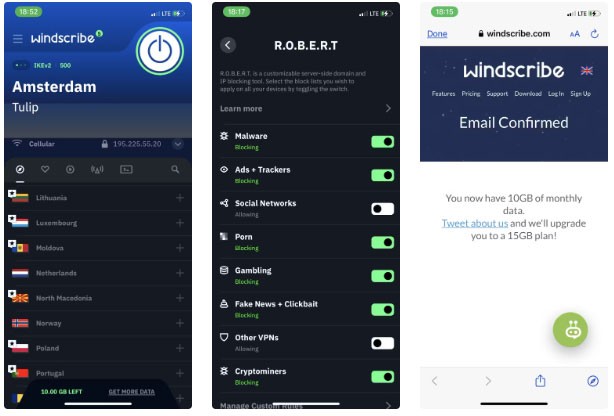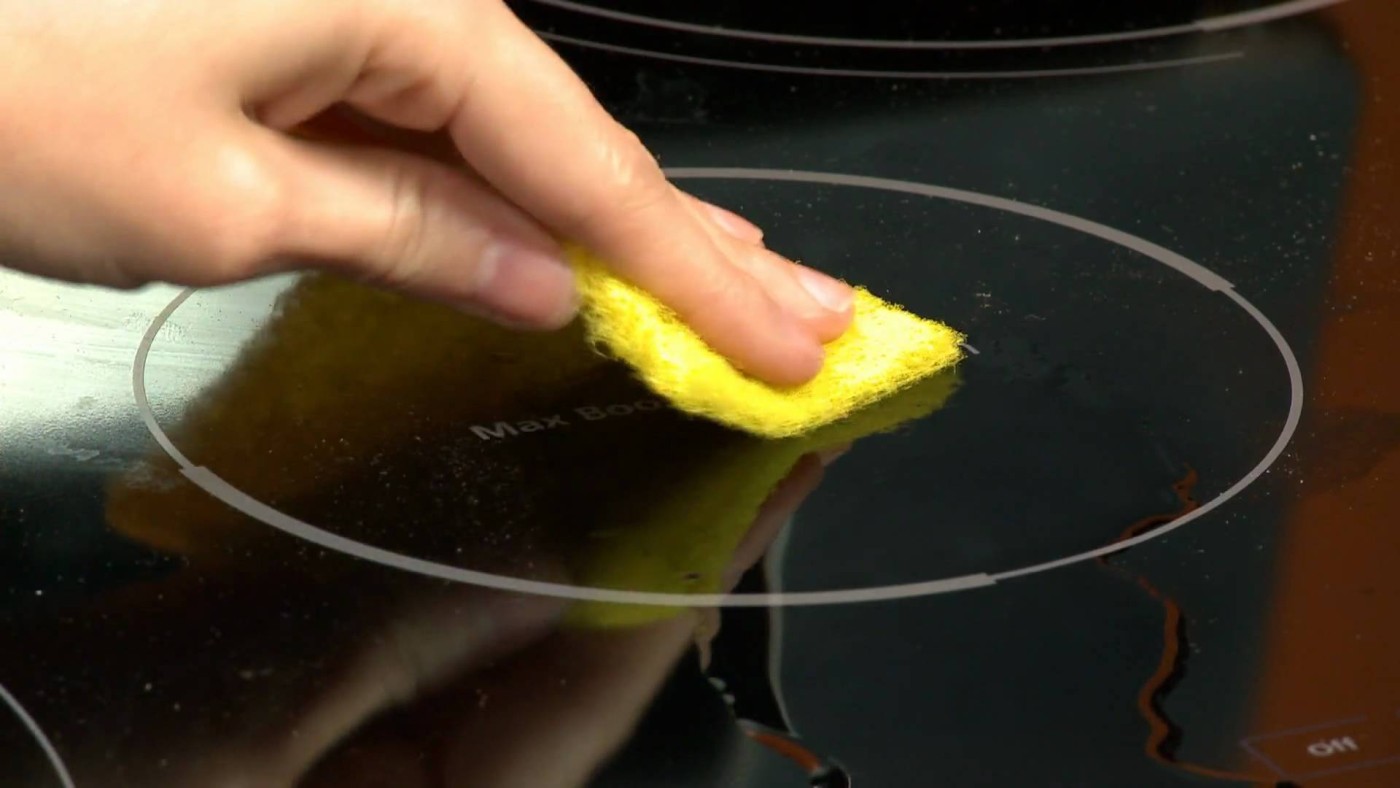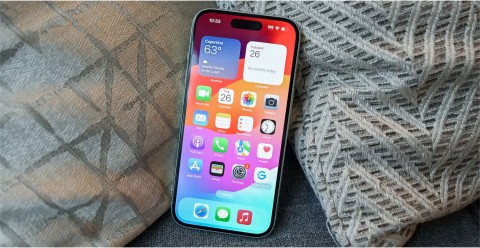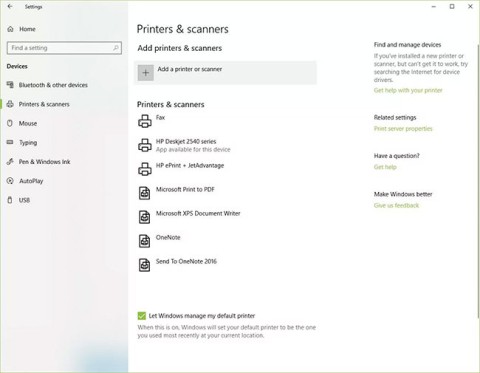How to use Conversation Awareness and Live Listen on AirPods

At first glance, AirPods look just like any other true wireless earbuds. But that all changed when a few little-known features were discovered.
The cause of cracked induction and infrared cookers is still a big question for users. In the article below, we will help you explain why this happens and how to fix cracks on the glass surface of induction and infrared cookers safely and effectively.
Causes of cracked induction cookers and infrared cookers
Most induction cookers and infrared cookers when launched on the market comply with certain standards, ensuring the ability to withstand thermal shock, prevent cracking, high scratch resistance when cooking and convenient for cleaning.
However, there may still be rare cases where the technical standards are not met. Therefore, when consumers encounter the above situation, they should bring the stove to the place of purchase to have it replaced according to the manufacturer's warranty policy.
In addition, during the use of the stove, the user is not careful and causes the stove to fall and collide, leading to cracks and breaks. In addition, if you do not clean the stove regularly, it will also cause the stove's microcircuits and ventilation system to operate unstably.
How to fix cracked induction cooker and infrared cooker surface

The first thing you need to do when your stove is cracked is to assess the extent to come up with a suitable treatment plan.
If the crack is outside the cooking range and temporary use is needed, you can use silicone or adhesive to cover the crack to prevent stains and water from damaging the circuit inside the stove.
If the crack is in the cooking range, for induction cookers, you can use glue and silicone for temporary use; for infrared cookers, you cannot apply the above method because the heat of this type of cooker will melt the glue and silicone.
A solution for long-term use and absolute safety is to replace the stove top. For this, please contact the manufacturer's warranty center immediately for support and troubleshooting.
At first glance, AirPods look just like any other true wireless earbuds. But that all changed when a few little-known features were discovered.
In this article, we will guide you how to regain access to your hard drive when it fails. Let's follow along!
Dental floss is a common tool for cleaning teeth, however, not everyone knows how to use it properly. Below are instructions on how to use dental floss to clean teeth effectively.
Building muscle takes time and the right training, but its something anyone can do. Heres how to build muscle, according to experts.
In addition to regular exercise and not smoking, diet is one of the best ways to protect your heart. Here are the best diets for heart health.
The third trimester is often the most difficult time to sleep during pregnancy. Here are some ways to treat insomnia in the third trimester.
There are many ways to lose weight without changing anything in your diet. Here are some scientifically proven automatic weight loss or calorie-burning methods that anyone can use.
Apple has introduced iOS 26 – a major update with a brand new frosted glass design, smarter experiences, and improvements to familiar apps.
Yoga can provide many health benefits, including better sleep. Because yoga can be relaxing and restorative, its a great way to beat insomnia after a busy day.
The flower of the other shore is a unique flower, carrying many unique meanings. So what is the flower of the other shore, is the flower of the other shore real, what is the meaning and legend of the flower of the other shore?
Craving for snacks but afraid of gaining weight? Dont worry, lets explore together many types of weight loss snacks that are high in fiber, low in calories without making you try to starve yourself.
Prioritizing a consistent sleep schedule and evening routine can help improve the quality of your sleep. Heres what you need to know to stop tossing and turning at night.
Adding a printer to Windows 10 is simple, although the process for wired devices will be different than for wireless devices.
Diet is important to our health. Yet most of our meals are lacking in these six important nutrients.
You want to have a beautiful, shiny, healthy nail quickly. The simple tips for beautiful nails below will be useful for you.













